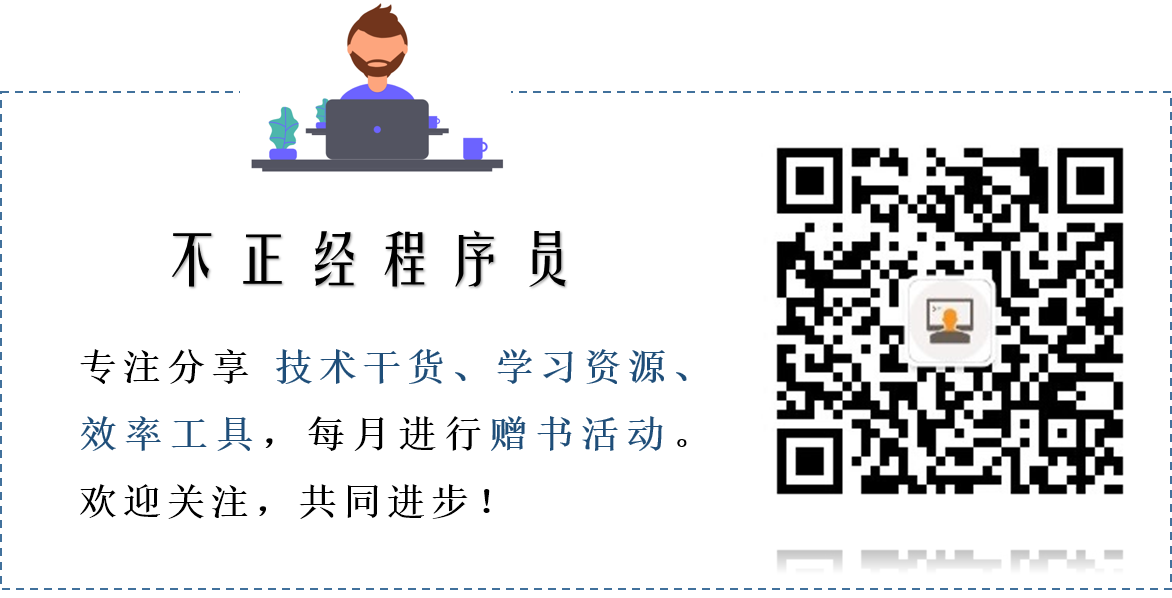Python 字符串、列表、元组、字典常用操作。
字符串常用操作
- 字符串反转 - str[::-1],使用 -1 作为步长
1 | str = '12345' |
find/rfind
- find - 检测 str 是否包含在 mystr 中,如果是返回开始的索引值,否则返回 -1
- rfind - 从右边开始查找
mystr.find(str, start=0, end=len(mystr))
1 | str = 'hello world' |
index/rindex
跟 find() 方法一样,只不过如果 str 不在 mystr 中会报一个异常
mystr.index(str, start=0, end=len(mystr))
1 | str.index('ll') |
count
返回 str 在 start 和 end 之间 在 mystr 里面出现的次数 mystr.count(str, start=0, end=len(mystr))
1 | str |
replace
把 mystr 中的 str1 替换成 str2,如果 count 指定,则替换不超过 count 次,不修改原字符串,返回一个新字符串。
mystr.replace(str1, str2, mystr.count(str1))
1 | str = 'hello sb sb2' |
split
以 str 为分隔符切片 mystr,如果 maxsplit 有指定值,则仅分隔 maxsplit 个子字符串mystr.split(str=" ", 2)
1 | str = 'www.sb.com.cn' |
join
- str.join(list) - list 中每个字符后面插入 str,构造出一个新的字符串
startswith/endswith
检查字符串是否是以 obj 开头/结尾, 是则返回 True,否则返回 False
mystr.startswith(obj)mystr.endswith(obj)
1 | www |
lower/upper 转化大小写
- mystr.lower()
- mystr.upper()
ljust/rjust/center 对其方式
- mystr.ljust(width) - 返回一个原字符串左对齐,并使用空格填充至长度 width 的新字符串
- mystr.rjust(width) - 返回一个原字符串右对齐,并使用空格填充至长度 width 的新字符串
- mystr.center(width) - 返回一个原字符串居中,并使用空格填充至长度 width 的新字符串
lstrip/rstrip/strip 去除空格
- mystr.lstrip() - 删除 mystr 左边的空白字符
- mystr.rstrip() - 删除 mystr 字符串末尾的空白字符
- mystr.strip() - 删除mystr字符串两端的空白字符
isalpha/isdigit/isalnum/isspace/
- mystr.isalpha() - 如果 mystr 所有字符都是字母 则返回 True,否则返回 False
- mystr.isdigit() - 如果 mystr 只包含数字则返回 True 否则返回 False
- mystr.isalnum() - 如果 mystr 所有字符都是字母或数字则返回 True,否则返回 False
- mystr.isspace() - 如果 mystr 中只包含空格,则返回 True,否则返回 False
列表相关操作
添加 append/extend/insert
- append - 通过append可以向列表添加元素
- extend - 通过extend可以将另一个集合中的元素逐一添加到列表中
- insert(index, object) - 在指定位置 index 前插入元素 object
1 | list = [] |
查找 in/index/count
1 | list |
删除 del/pop/remove
- del - 根据下标进行删除
- pop - 删除最后一个元素
- remove - 根据元素的值进行删除
1 | list |
排序 sort/reverse
- sort 方法是将 list 按特定顺序重新排列,默认为由小到大,参数 reverse=True 可改为倒序,由大到小。
- reverse 方法是将 list 逆置,不是排序
1 | list |
元组
Python 的元组与列表类似,不同之处在于元组的元素不能修改。元组使用小括号,列表使用方括号。
1 | tuple = (1,2,3,3,4) |
字典的常见操作
获取元素
get(key) 方法不会在 key 不存在时抛出异常。
1 | info = {'name':'班长', 'id':100, 'sex':'f', 'address':'地球亚洲中国北京'} |
修改元素
字典的每个元素中的数据是可以修改的,只要通过 key 找到,即可修改1
2
3
4
5info.get('id')
100
info['id'] = 101
info.get('id')
101
添加元素
变量名['键'] = 数据
删除元素 del / clear
del 变量名['键']- 用于删除指定 key,key 不存在时会抛出异常,也可以直接删除整个字典- clear - 用于清空整个字典
1 | info |
len() 字典数据个数
1 | info = {'name':'班长', 'id':100, 'sex':'f', 'address':'地球亚洲中国北京'} |
keys() / values() / items()
需要使用 list() 进行转换。
1 | info = {'name':'班长', 'id':100, 'sex':'f', 'address':'地球亚洲中国北京'} |
in / not in
判断字典中是否包含指定的 key。Python3 已删除 has_key() 函数。
1 | info = {'name':'班长', 'id':100, 'sex':'f', 'address':'地球亚洲中国北京'} |


